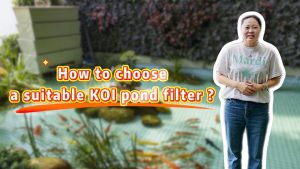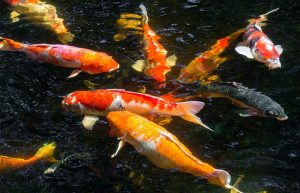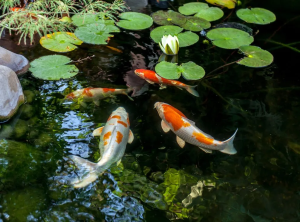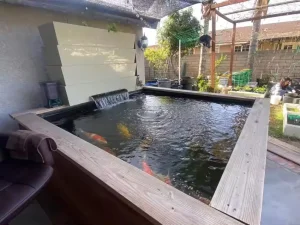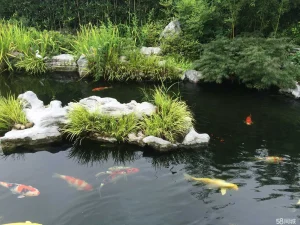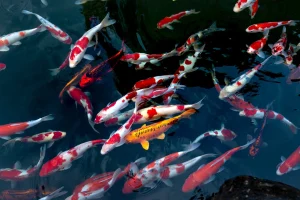How is the filtration system of koi pond composed?
Creating a koi pond can be a very rewarding addition to your garden, but there are a few things to consider beforehand.Before raising koi fish, you must first build a workable filtration system for your pond.
If you have some basic knowledge of a fishpond filtration system, you must know that the fishpond filtration system has two important parts: Physical Filtration & Biological Filtration.
1.Traditional koi pond filtration design
In the mechanical filtration part of the traditional koi pond filtration system, we usually use brushes to filter solid wastes such as fish droppings, baits, dead leaves, pollen and insect carcasses from the pond.
However, because the brush is a simple filtration design, some of the fish feces and bait residue will return to the fish pond.
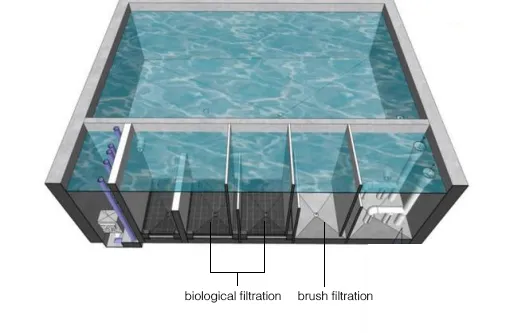
What’s more, the brush needs to be removed regularly. If your pond has a density of 40 catties per cubic meter, you need to remove the brush once a month.

2.Rotary drum filter pre-filter system
Unlike brush filtration, microfiltration is a more efficient alternative, costing as little as $5 a month on electricity.
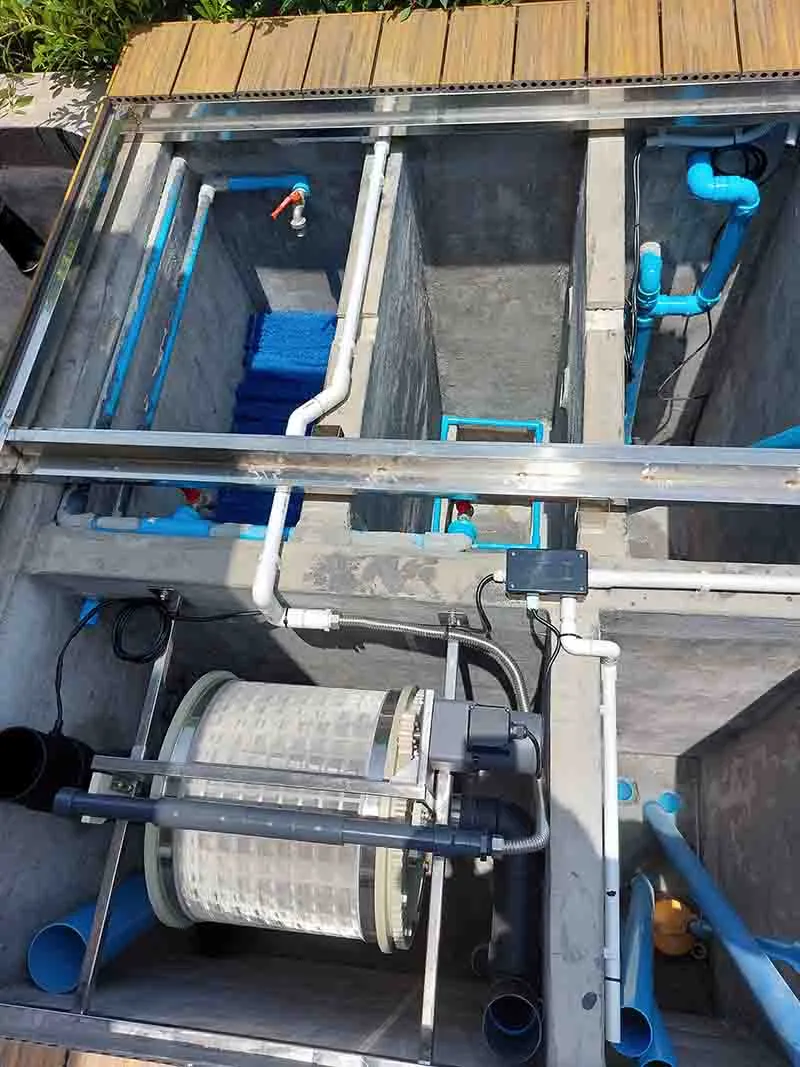
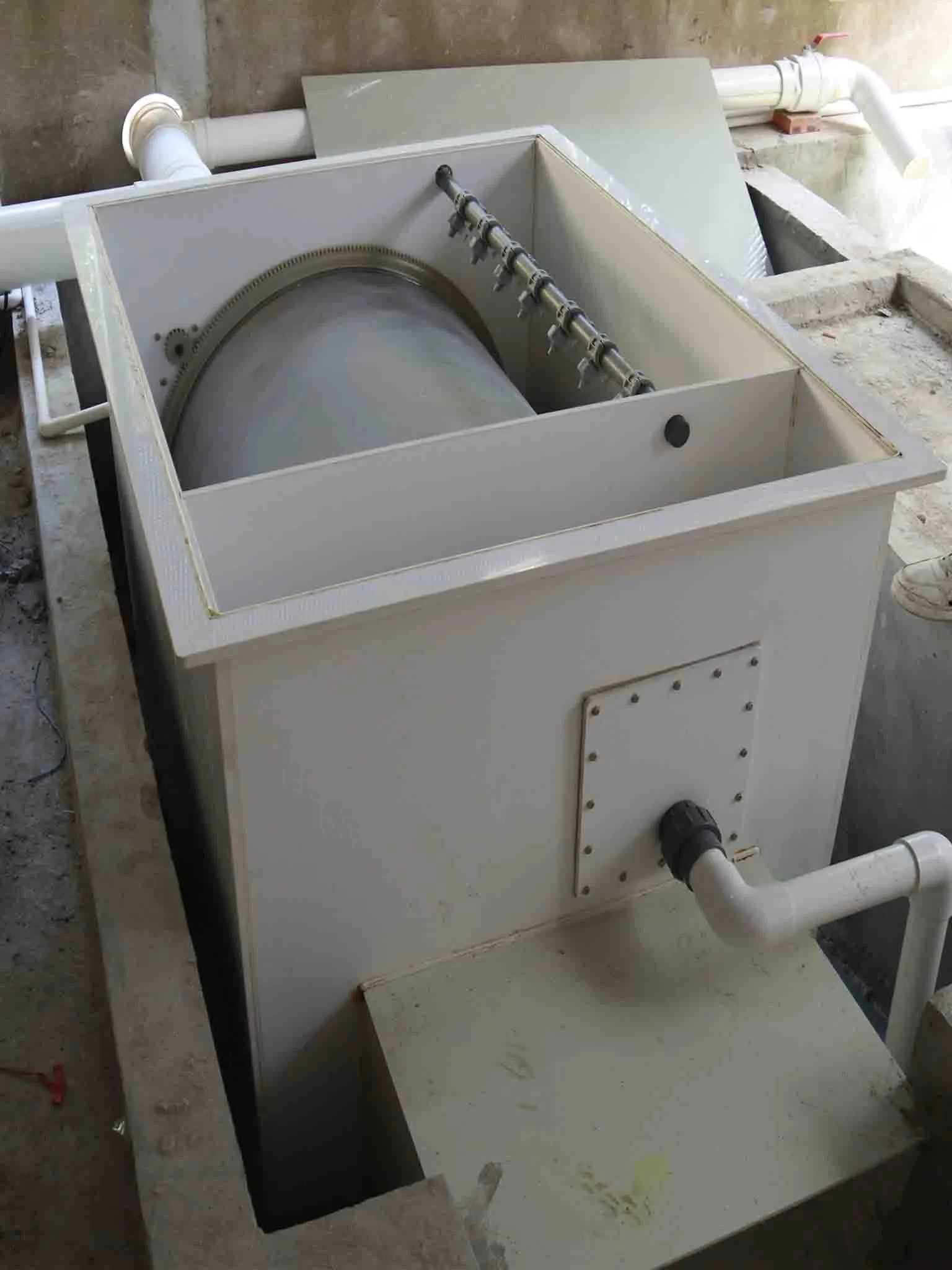
Drum filters are pre-filters that are automated. The water flows through a drum-shaped sieve after entering the drum filter through the inlet chamber. The drum filter has a 65-micron stainless steel screen that prevents waste particles larger than 0.065mm from passing through.
These waste particles will collect on the drum’s inner side, limiting the amount of clean water that flows through it. As a result, the water level within and outside the drum will change and in turn initiate a drum cleaning cycle. The drum rotates and a powerful spray of water hits the outer drum, this will cause the settled dirt to dislodge and to be carried to the drain.
The Drum filter is convertible as a gravity feed or pumps feed device, we have models which can handle flows from 10m³ to 60m³ per hour. We have custom build models also which is capable to handle any design parameters.
3.Combi rotary drum filter
Drum filter with Bio Bed Filter is the ideal blend of mechanical and biological filtering in one housing. The volume of the bio bed tank can be configured according to pond requirements. But in general, it has a volume of 1M³ it can accommodate at least 100 litres of high SSA (Specific Surface Area ) media and bio rings. Prefered Media are K-5, or K-1 etc.
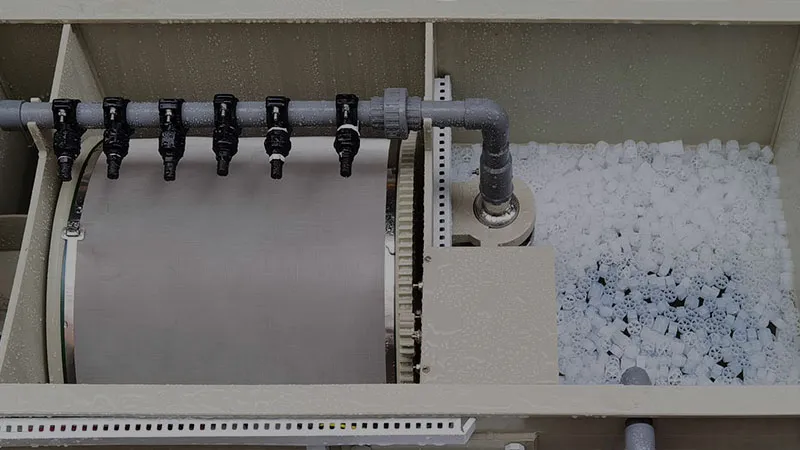
The bio bed tank includes a built-in aerator that produces bubbles that aid in the growth of beneficial bacteria which neutralises the dissolved pollutants in your pond water.
The main body components, drum components, rear cleaning system, and electric control box make up the automatic rotary drum filter. It’s built of non-toxic, corrosion-resistant materials which are environmentally friendly.
Filter screens used to separate suspended materials in water is made of SS316 which is very durable and will give many years of smooth service life.
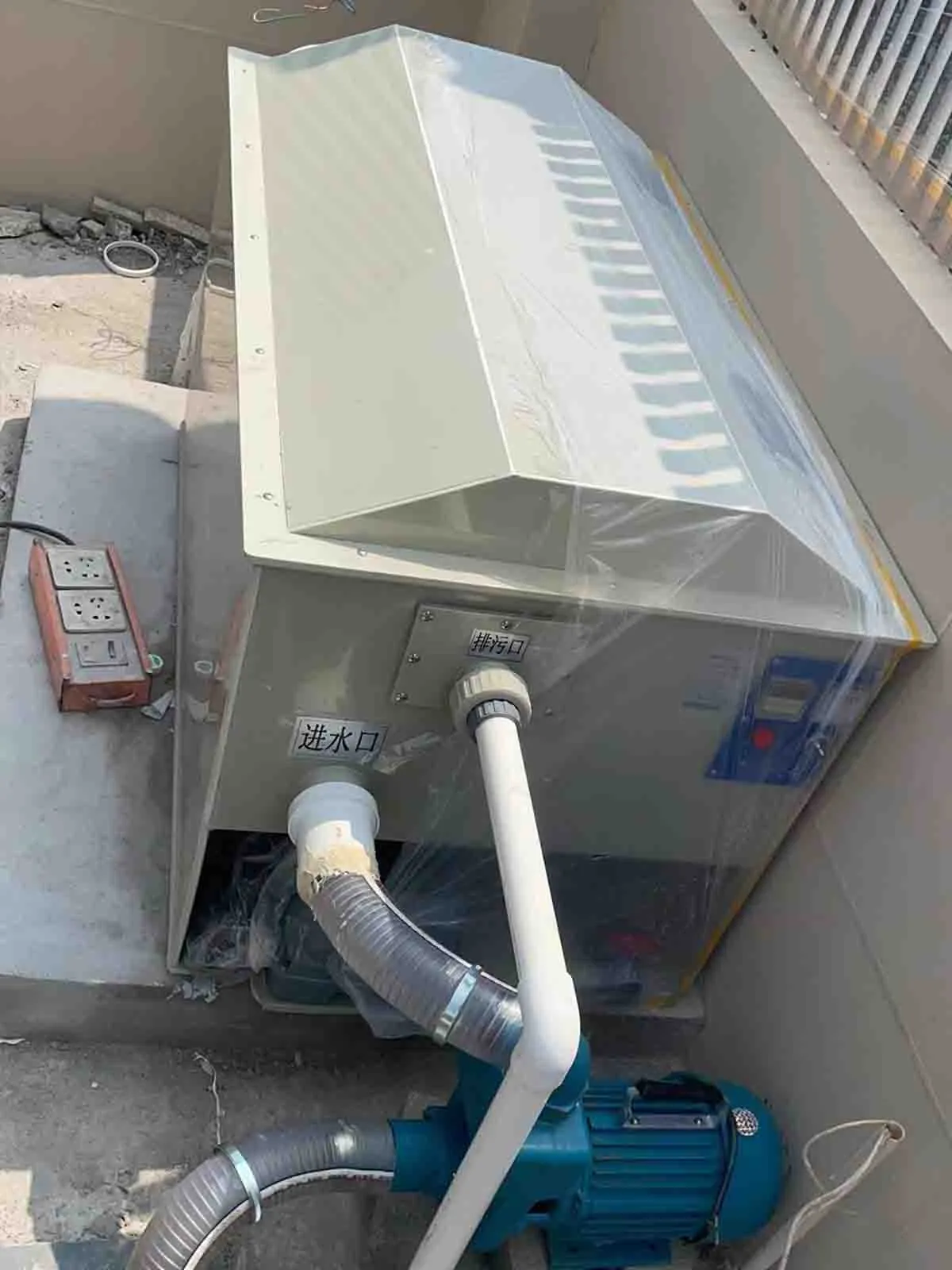
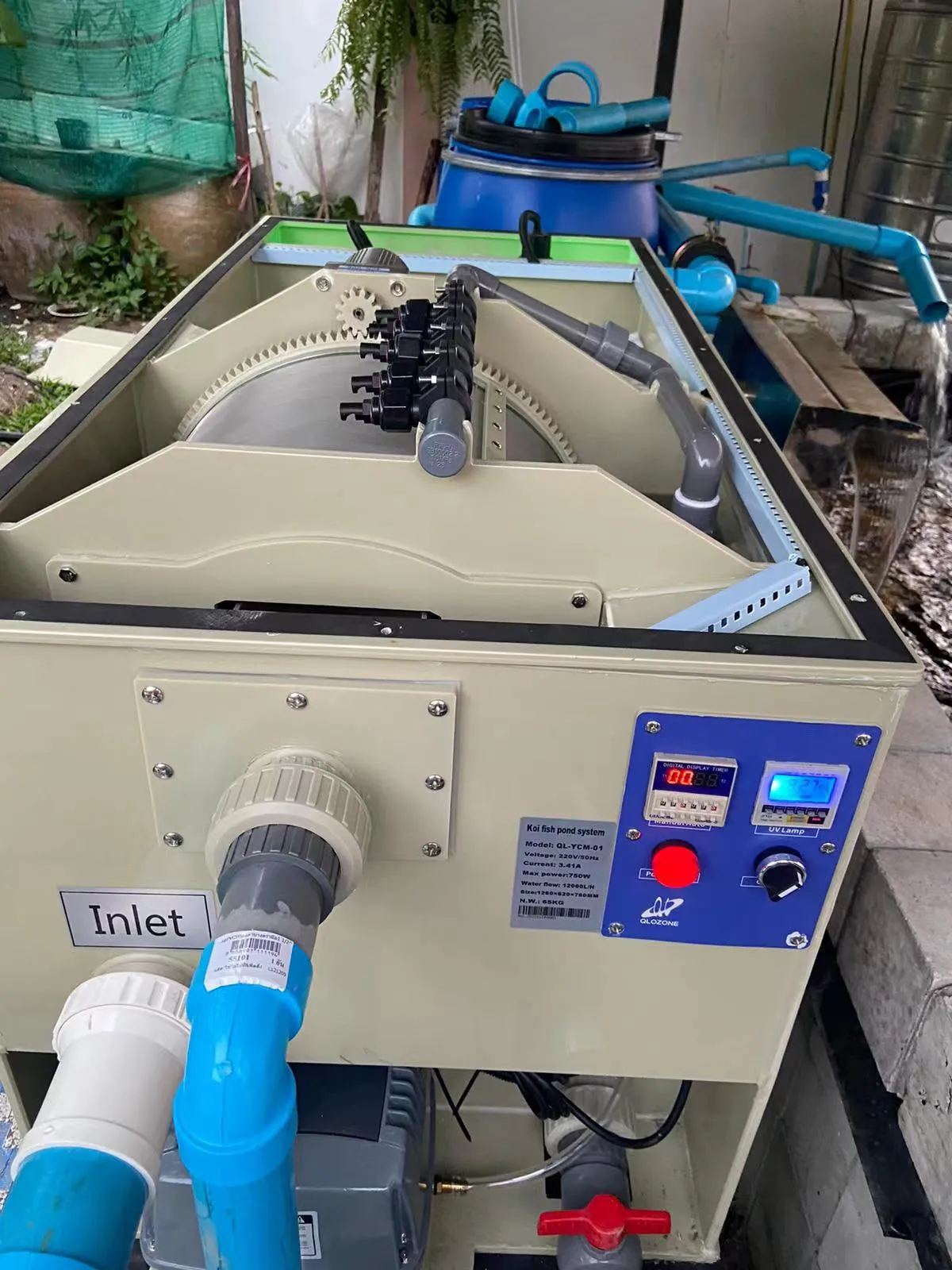
When the suspended solids in the drum accumulate to a certain amount, it will cause the water permeability of the filter screen to drop, resulting in the rise of the water level in the drum. The liquid level automatic control system works.
At this time, the back cleaning water pump and the drum motor are automatically opened at the same time. The high-pressure water output from the back cleaning water pump cleans the rotary drum filter screen and the cleaned suspended solids flow to the wastewater. Collection tank under the high-pressure water washing and are discharged through the wastewater pipe to the drain or a water recovery system.
The treatment capacity may be tailored to meet specific needs. A bioreactor chamber can be added to provide additional filtration. We have can build a custom 3-stage filtration chamber with the help of high surface area filter media it can achieve high treatment efficiency.
Filtration and sewage discharge could be performed at the same time, which does not affect or interrupt the normal use of the system. Bio reactor chamber helps in the dissolved organic matter from the culture pond so that the pond water parameters can be kept at ideal levels at all times.

